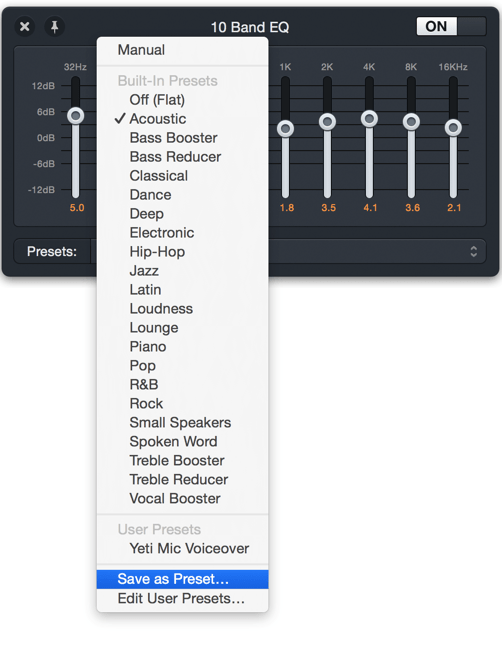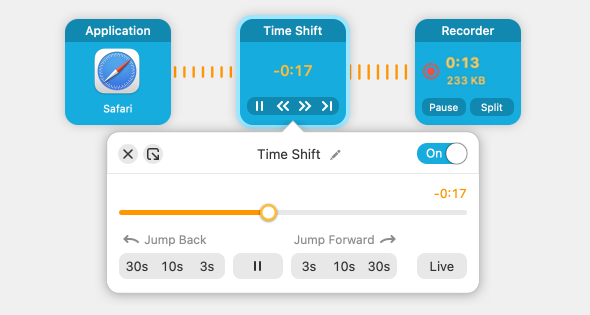

#Audio hijack file type windows#
That sounds more like the Microsoft I know.ĭon’t worry, there is a solution for you Windows folks: it’s just that you may have to try more than one of the following approaches. Then I researched some more, and realized that it’s a little more complicated depending on what type of sound card you have. To my dismay, I discovered some Windows users might actually have an easier fix for this problem. However, I recommend against blasting your Slayer collection at 4X for an hour, just to play it safe. *The tech that makes this possible is interesting, but without getting into the nuts and bolts of it, this app won’t damage your speakers. Developed by the same company, it provides all the same audio-boosting goodness as Audio Hijack at around half the price. Note that if you don’t need any of the other features that Audio Hijack provides, it’s worth checking out SoundSource instead. There’s also a free, limited version you can try to make sure it works for you. This is what your final settings should look like:Īudio Hijack is available on Rogue Amoeba’s website for $65. If this isn’t enough, experiment with the “3X” and “4X” overdrive. A good starting point is to select the “2X” button under “Overdrive” and move the volume slider up.


#Audio hijack file type software#
This software lets both audio professionals and hobbyists perform all kinds of useful tricks, such as recording Skype calls for podcast interviews and capturing the audio from a webinar.
#Audio hijack file type how to#
Being a full-time Mac user, I first discovered how to amplify my speakers with a program called Audio Hijack, from Rogue Amoeba.


 0 kommentar(er)
0 kommentar(er)
